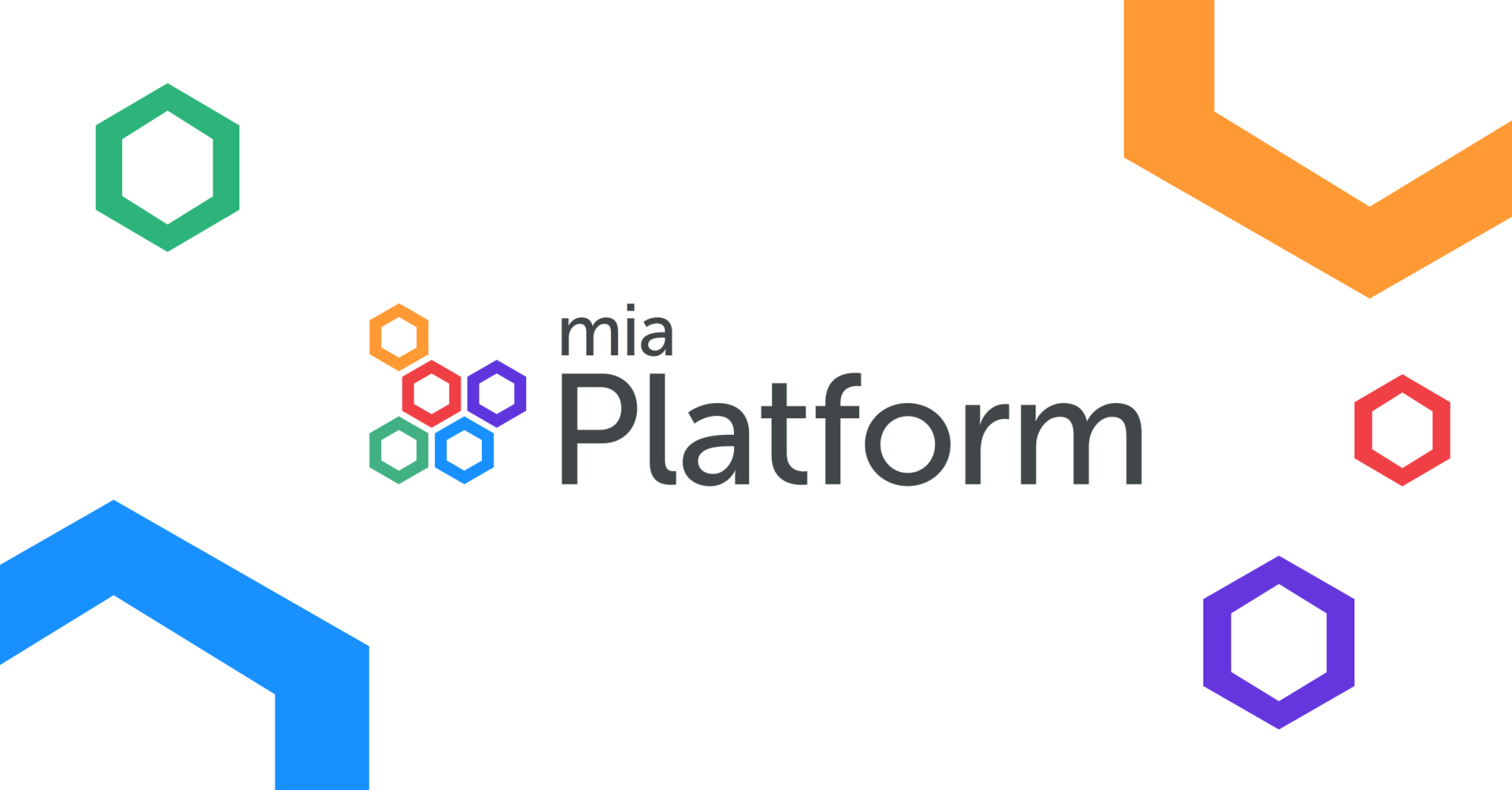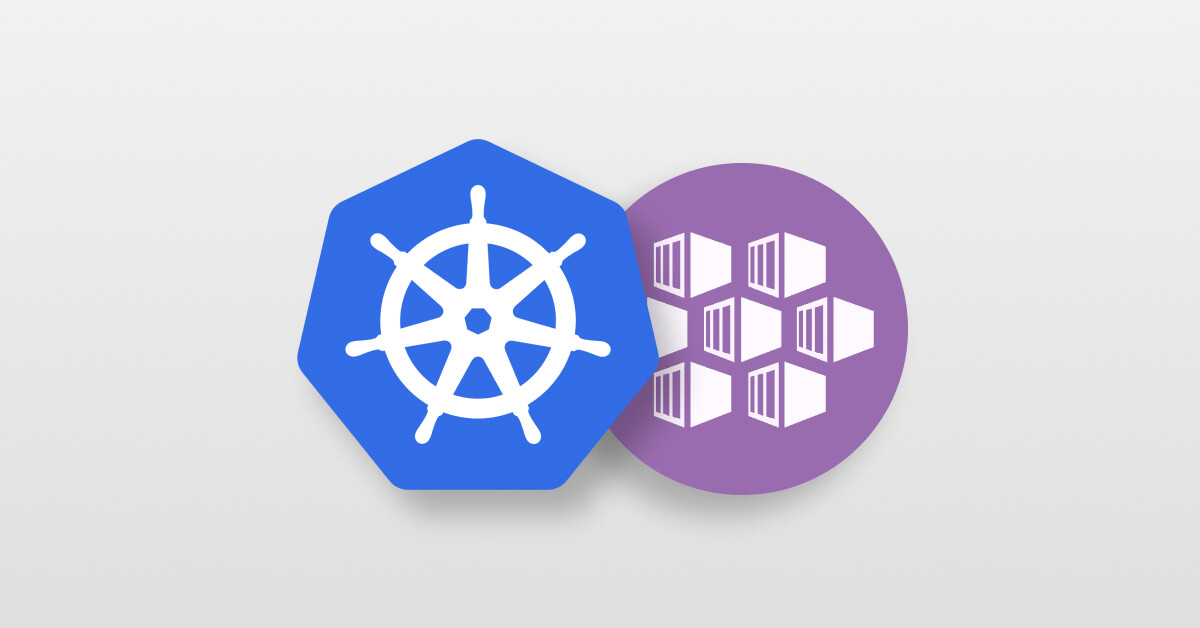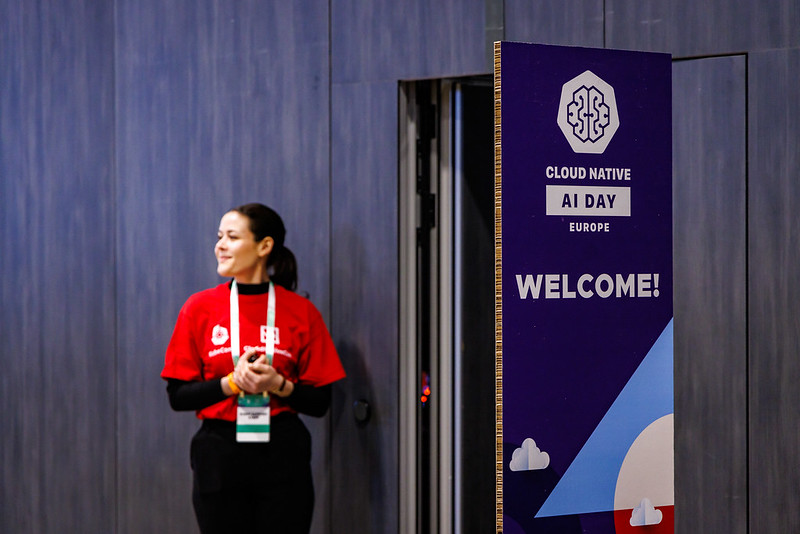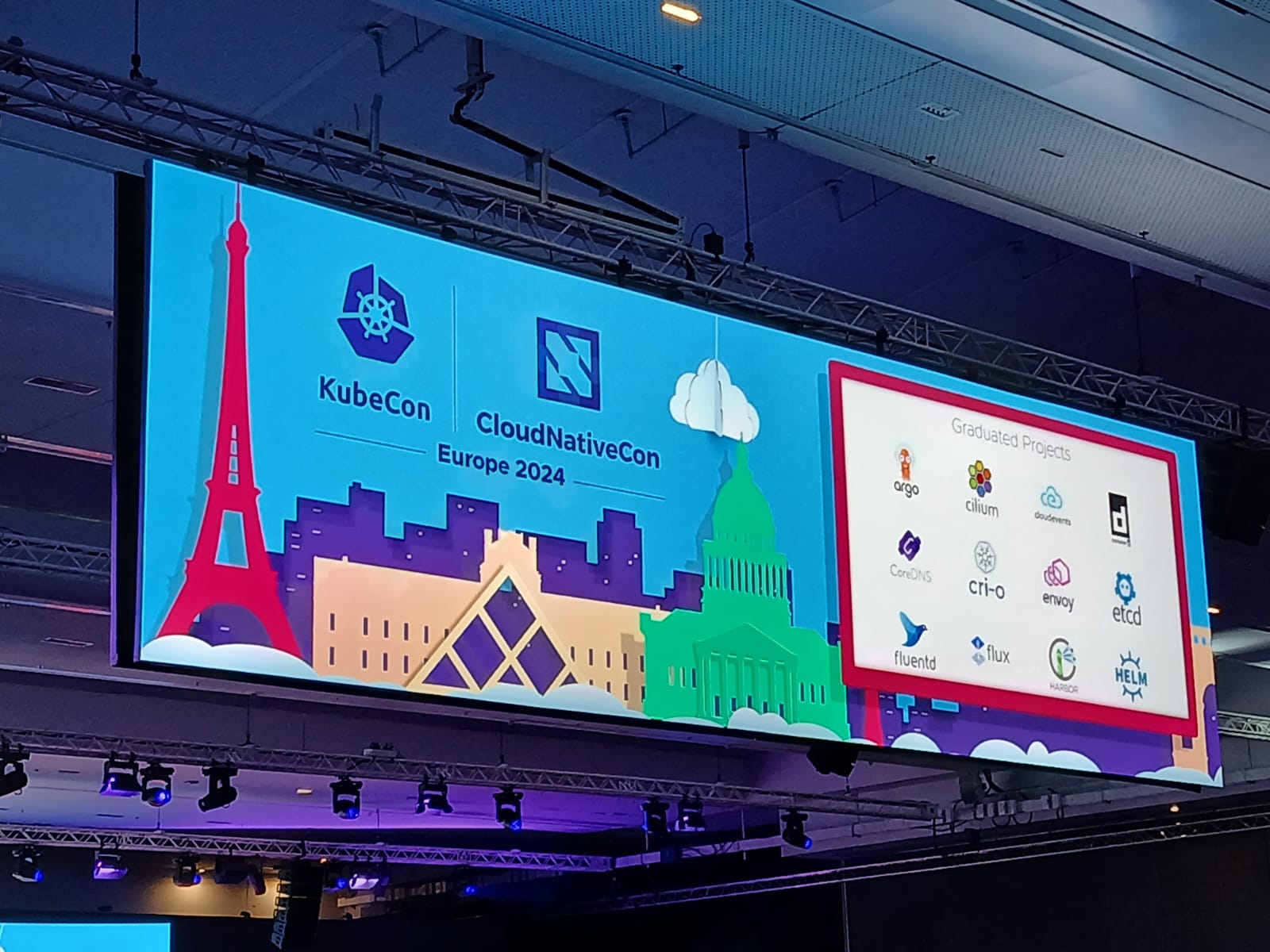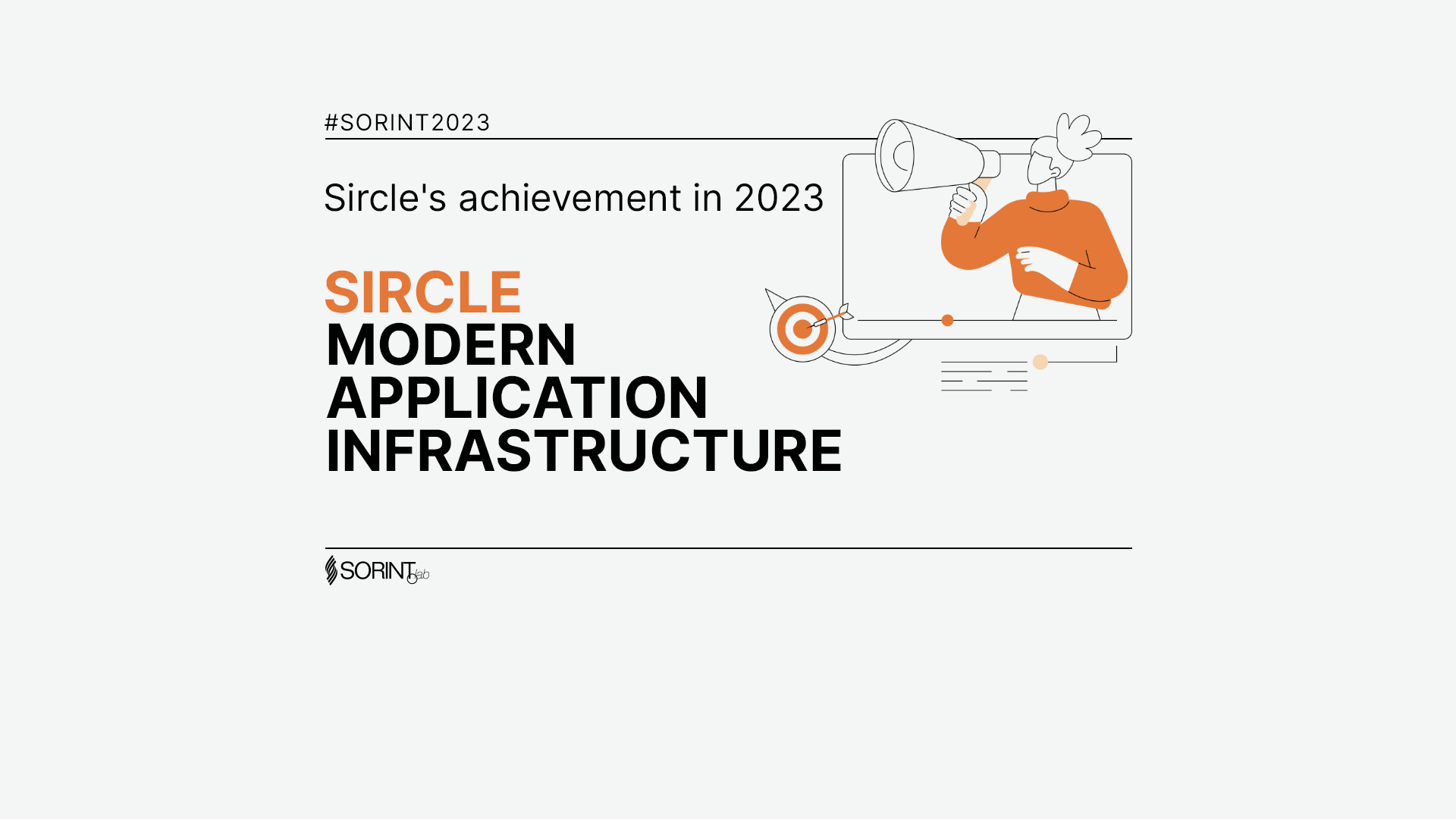KubeCon + CloudNativeCon 2024 Day Four
-
Mateus Pavei Menegon
- 27 Mar, 2024
- 02 Mins read
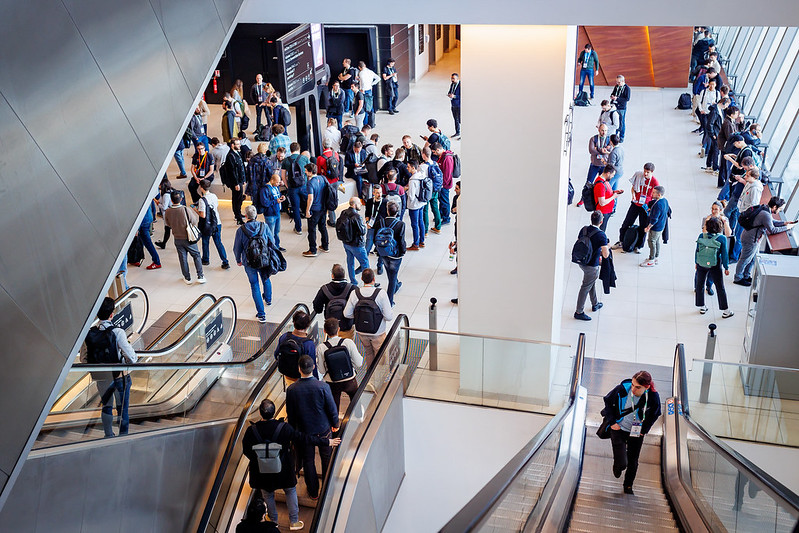
It’s been ten years!
Chris Anisczcyk, Linux Foundation (CNCF), CTO kicked off this last day of KubeCon talking about the history of Kubernetes. From a handful of people ten years ago to over 12,000 today, Kubernetes is now not only one of the largest projects on GitHub but also one of the largest Slack channels. Anisczcyk shared details on an upcoming party to celebrate Kubernetes, a new contribcard.dev site where you can see your own first contribution to Kubernetes, and a new program for education ambassadors called the Kubestronaut Program. Where are we going next? Salt Lake City this fall, and then London in spring 2025, Atlanta in fall 2025, Amsterdam in spring 2026 and Los Angeles in fall 2026.
Success is Not Guaranteed
Bob Wise, CEO of Heroku, spoke about the beginnings of cloud native and pointed out how far we’ve come. The cloud native journey took a long path to success. Initially Kubernetes was limited to a maximum of 100 nodes, but in 2016 the Kubernetes Scaling SIG was started because it was key to be able to expand it. Also, they needed community governance, to make sure Google and other companies were supportive of open source, and of course CNCF governance. Docker might even have been forked, but thankfully was not. In other words, many, many decisions were made along the way, but they were able to make a big bet on Kubernetes and 10 years later it has paid off.
Cloud Native in its Next Decade
Davanum Srinivas, a principal engineer with AWS and Lin Sun, head of open source at solo.io, provided a history, overview, and update on the CNCF Technical Oversight Committee (TOC) which provides technical leadership to the cloud native community. Srinivas showed the history from the smallest community to Prometheus, to where we are now.
Sun shared where the community is headed in the next decade based on input from members. Some forecasts and wishlists included consolidation, workload improvements like heterogeneous workloads, serverless APIs, sustainability, and a move towards cloud native and to become a commodity like VM was in the past. The AI wishlist was around operationalization of workloads and optimization and sustainability of cloud spend. And users are looking for consolidation and more use cases for AI.
